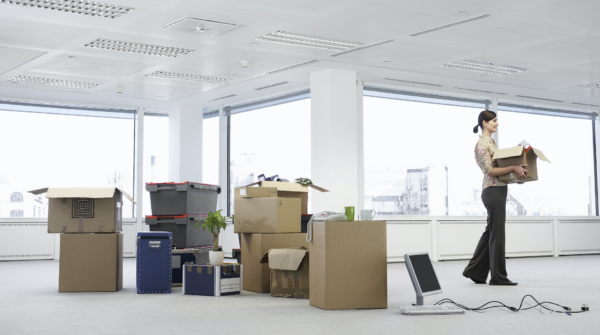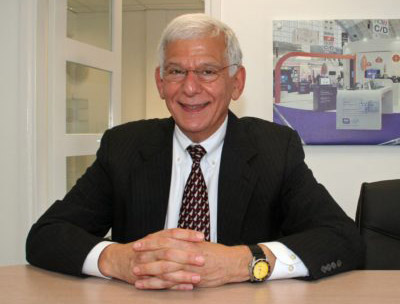(continued from last week’s post, Part 1)
Here’s the takeaway: don’t give up. Your competition is facing the same obstacles of declining revenue and labor shortages. While they wait for things to turn around and get better, ask yourself what else you can do to generate revenue and make a profit. Try to identify your customers’ biggest problems and nightmares (besides price). Most importantly, put all options on the table.
Here are some to consider:
- Develop a relationship with a portable container business, pod company, or U-Haul and offer your packing and/or loading and unloading services to their customers. The benefit of this business model is that you won’t need a truck driver—just trained labor that can pack and load.
- Explore getting into the record storage or bulk storage business—not like the “big boys” that provide record retention and delivery—just floor storage. You might be able to cordon off a section of your warehouse floor and offer it to customers looking to store record boxes or bulk storage and need to access the contents. In this case, you would charge your storage customers a per-square-foot charge per month. The benefit of this business model is that it requires no labor—you’re just a landlord.
- Look into the decommissioning business. When companies want to dispose of their old furniture, you could pick it up and haul it to your warehouse, where your labor could take it apart and sort the metal, plastic, and wood for a recycling center. The benefit of this business model is that it does not require skilled labor. Your revenue stream is derived from charging the customer for the pickup and from selling the sorted material to the recycler, who stages empty collection bins at your facility.
(Before I tell you about the next option, I want to disclose my bias. I love this option because I’m the unofficial self-proclaimed, self-ordained, minister of office moving. I am the founder of IOMI®, the International Office Moving Institute that offers online office moving training at www.officemoves.com)
- Consider diversifying into office moving. Among the many benefits: average Gross Profit Margin is 50% and labor skill is much lower than what’s required for a residential move. Claims are typically much lower because your clients’ employees are rarely emotionally attached to their furniture. (It already has nicks, chips, scratches, dents, and gouges—a few more probably won’t even be noticed.)
If you use the IOMI® bucket brigade moving method, up to 40% of your labor can be unskilled and hired from a temporary labor pool. If you do a large office move, you don’t necessarily need to use your own drivers to drive your trucks. When I owned my moving company, we used a company called Rent-A-Driver that provided us with professional drivers to “shuttle” our trucks back and forth between the old (origin) office location and the new destination. Rent-A-Drivers never touched furniture—they simply drove. If you want to learn more about our online office moving training, please visit https://www.officemoves.com/training/index.html .
These are just a few examples of how you increase profitability and find more revenue streams. The key to success isn’t a good economy, or even good customers or a good business. The key is being open to new ideas and business opportunities and being willing to act on them.
For more information on our online office moving training, please visit
https://www.officemoves.com/training/index.html or call Ed Katz at 404.358.2172.










